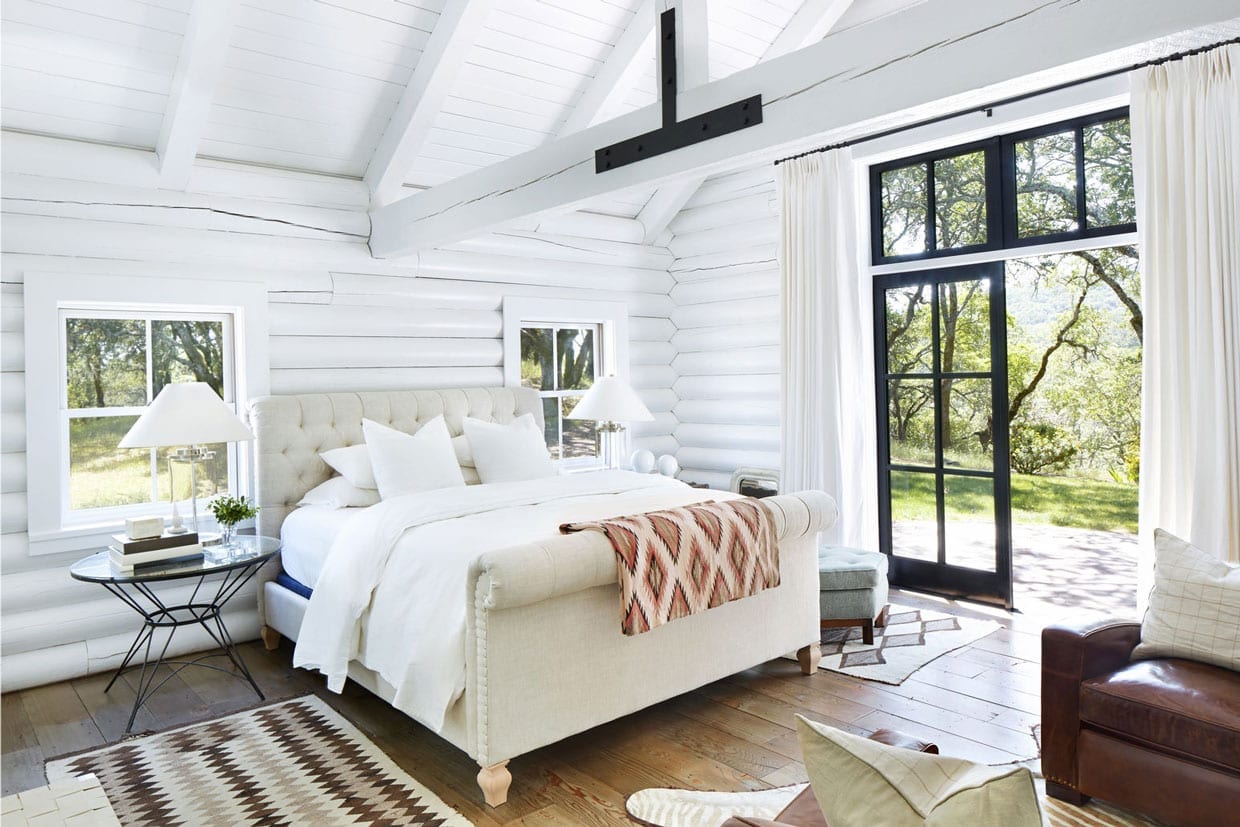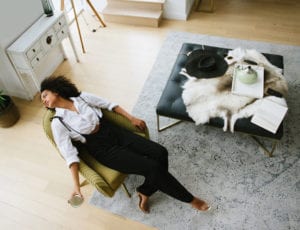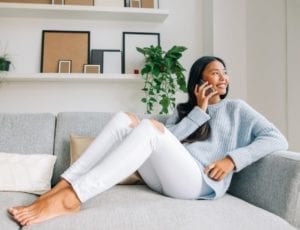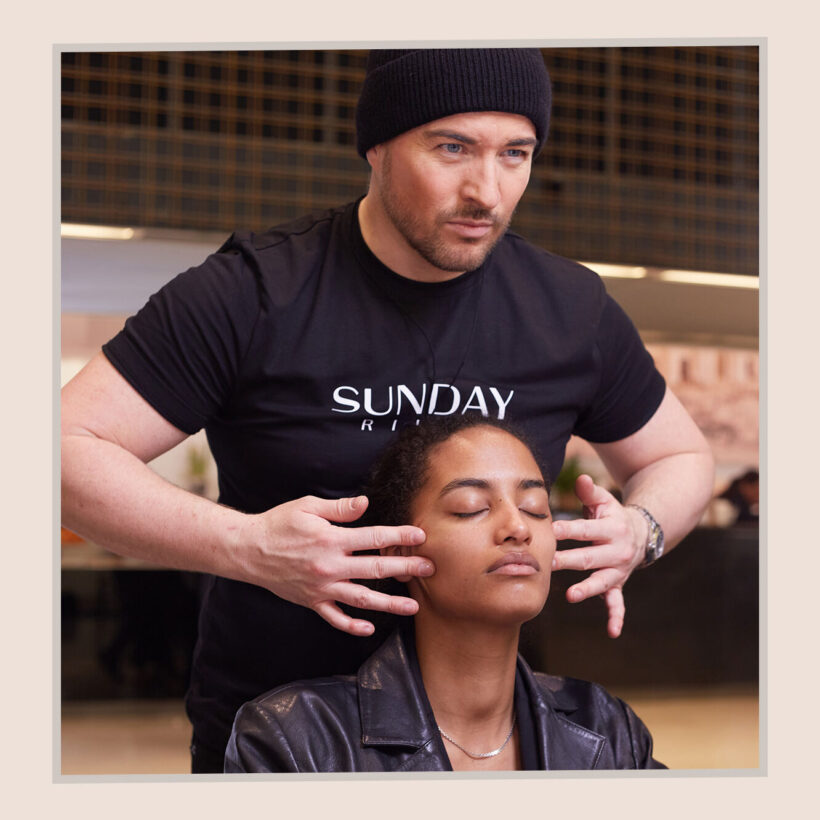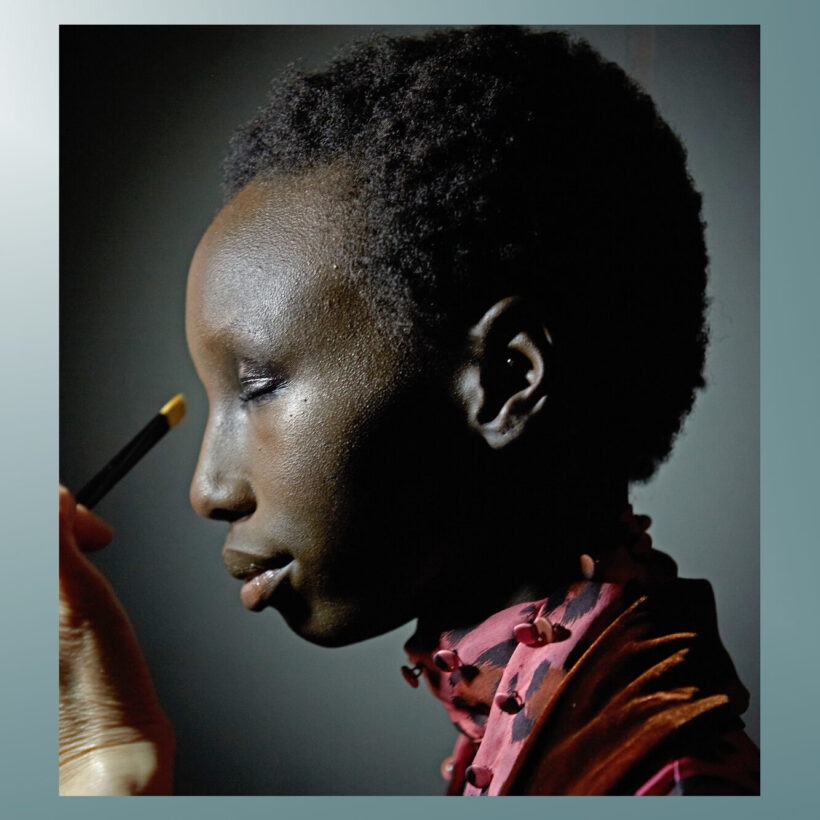Everyone has an opinion when you move in together. When are you getting engaged? None of your business. How are you splitting rent? Also, none of your business. Will you get a pet? Hopefully, as soon as possible. Probably, before we get engaged! But, it might not be until your housewarming party that someone asks you about your interior design that, trust me, you argued about. A lot.
“Most people aren’t thinking 24/7 about design,” says Atlanta based interior designer Daniel Zimmerman, who along with interior designer Seth van den Bergh founded The Drawing Room ATL. “So, it hits them like a ton of bricks.”

Consider me hit.
My boyfriend and I did not just move in together, we moved to a different state and moved in together. I was brimming with excitement as 50 boxes — 45 for me, five for him — were loaded onto the moving truck, and I said goodbye to my New York City studio apartment to start our new life in Texas.
Moving in together can mean a lot of change and compromise. I was ready for compromise, but I was not ready to compromise on the color palette. I love bright colors and patterns. He loves blue. Literally, only blue.
“It is an age thing,” says van den Bergh, “as much as it is a gender thing.” Younger generations, he says, lean into colors, patterns and trends, whereas styles tend to neutralize over the years. As couples age, van den Bergh and Zimmerman see them seeking out more timeless, classic pieces that are guaranteed to last. A hot pink sofa may not make the list.
Normally, when you hear the words gender-neutral decor, you think about a nursery, but why not use the description for the whole house? It is about more than just neutral colors and clean lines. When a couple sits down for the first time to design, it takes a lot of work to achieve balance so one palette is not overtaking the other. There is a level of design inexperience, says Zimmerman, when moving in together for the first time. By living through it, you can see how it feels when your partner says they want something you are not in love with and learn how to react.
But, the duo knows it takes time to get to that point. So, van den Bergh and Zimmerman share their tips for couples navigating the decorating world together.
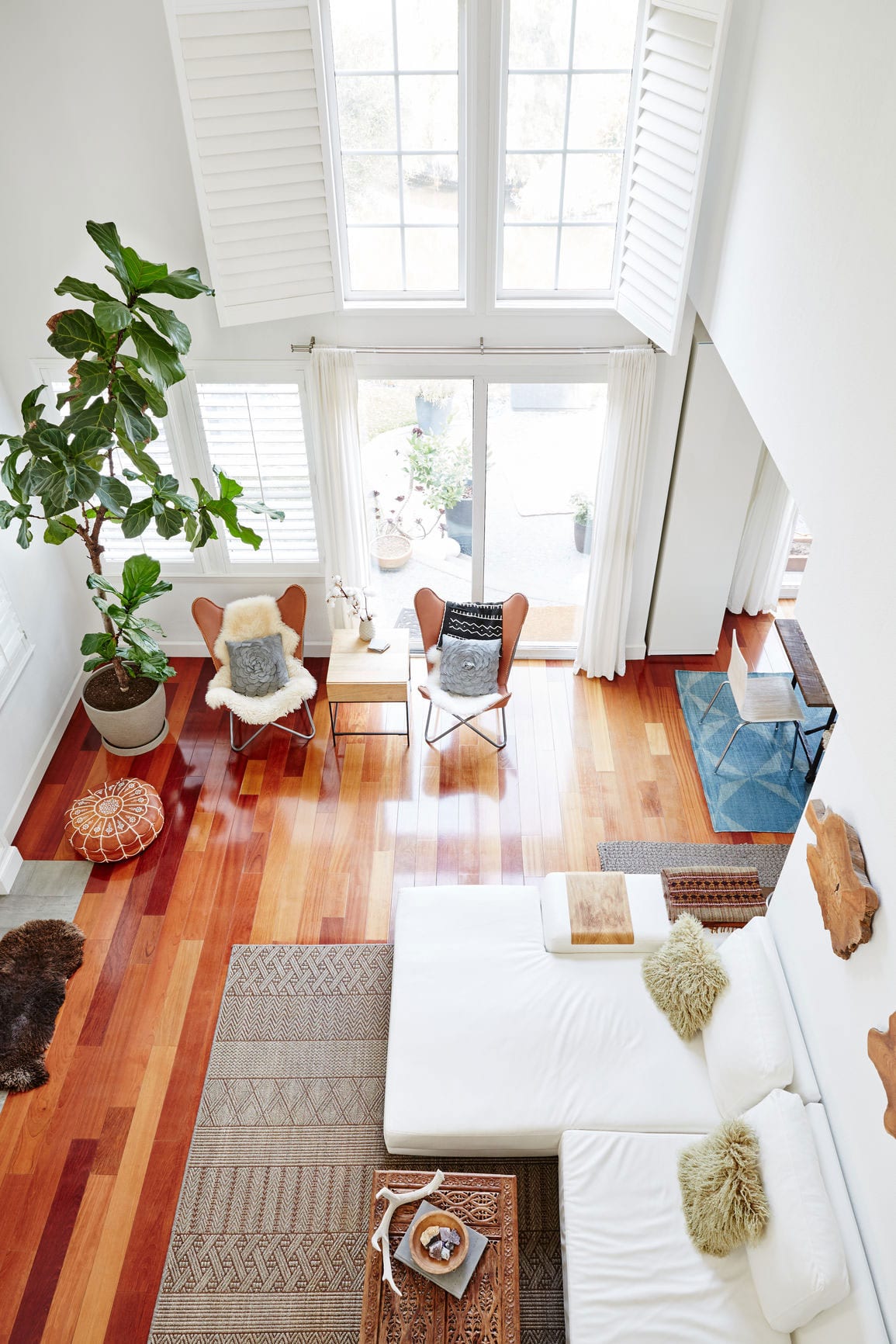
Always Start with a Mood Board
Both van den Bergh and Zimmerman agree that mood boards and Pinterest boards like this one are a must. A Pinterest board is a good starting point.
A mood board creates transparency about each partner’s personal style, says van den Bergh. It helps the couple formulate the next steps. Which is perhaps their biggest suggestion. Do not jump into the design process without a plan. “If you know what to expect,” says Zimmerman, “then you can plan for it.”
Divvy up Your Spaces
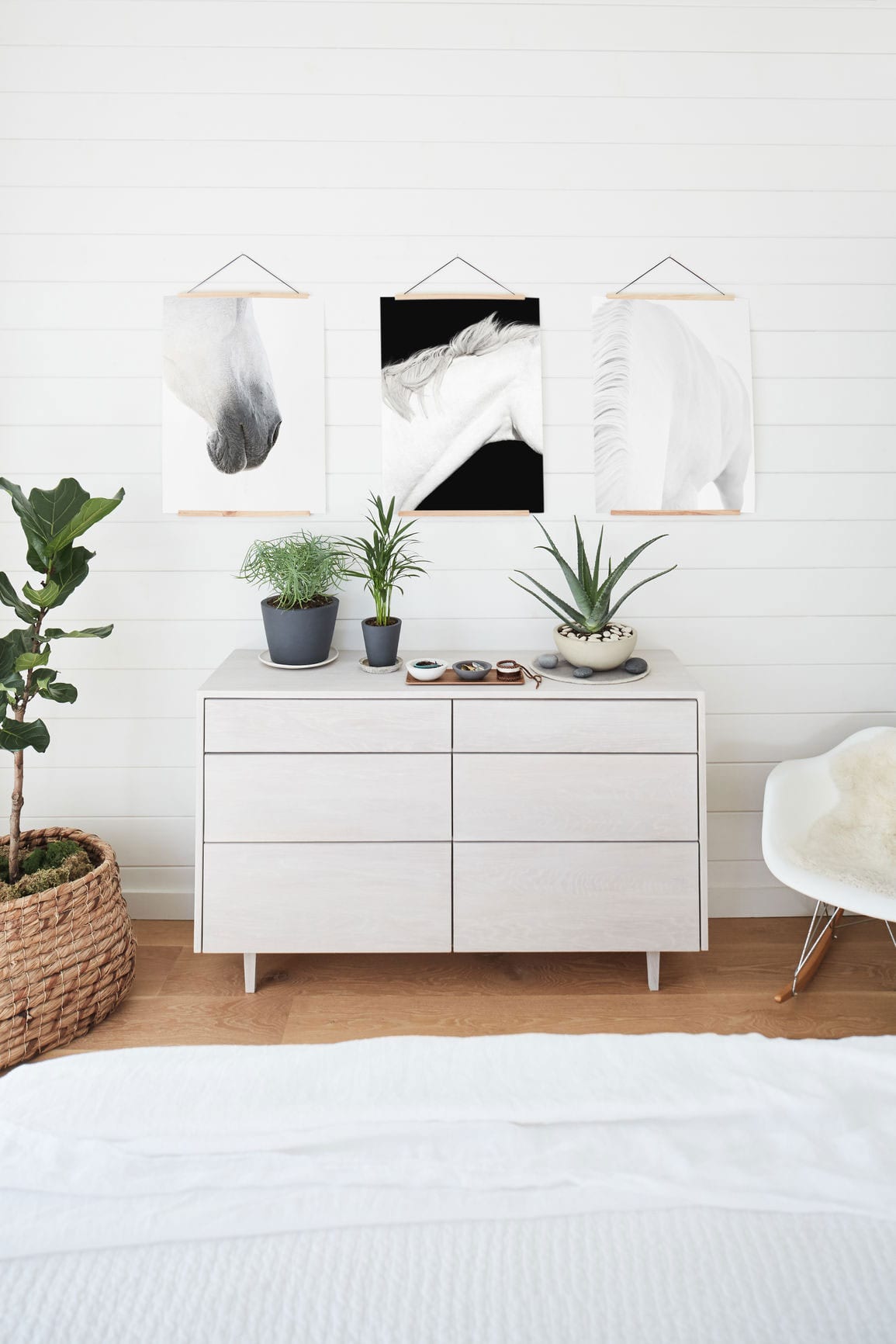
Decide on one area together that will be neutral. “Usually,” says Zimmerman, “the living room.”
Once you get to the extraneous spaces, it gives the male and female palettes a place to live and flourish. Instead of compromising, one partner can embrace dark tones and functionality, another can break out the bright colors and embellishments. For men, Zimmerman says, it is typically a library, and for women, maybe a sunroom. That library can have dark wood paneling, and that sunroom can have bright yellow furniture.
If you do not live in a house, like me, and it is not an option to have your own room, compromise by having your own area. My boyfriend picked the coffee table, set on having iron and glass. I decorated the bar cart. It is small, but it gave me a space to put up my Prada Marfa poster, which was quickly nixed from the bedroom. (Still salty about that one.)
Delve Into Accents
Explore color in a neutral space by adding in accent pillows or a piece of art. You can pick up a rendition of a famous painting from IKEA or even commission a piece. The options are endless.
“Art is different than a piece of furniture,” says van den Bergh. “Art is almost more forgiving. Accessories are more forgiving. Accent pillows are more forgiving.”
Accents are easy to change out and easy to replace, so it does not create the arguments that buying that hot pink sofa might. It gives the room personality without overshadowing one person’s design esthetic.
Hire a Designer
Designers can bring something special to the table. “We are half therapists,” says Zimmerman.
There is a benefit, says van den Bergh, to working with a design team. The Drawing Room ATL duo often find themselves split between the couple. They are able to hear each partner’s opinion, come back to the office and find a way to bring elements both want into space.
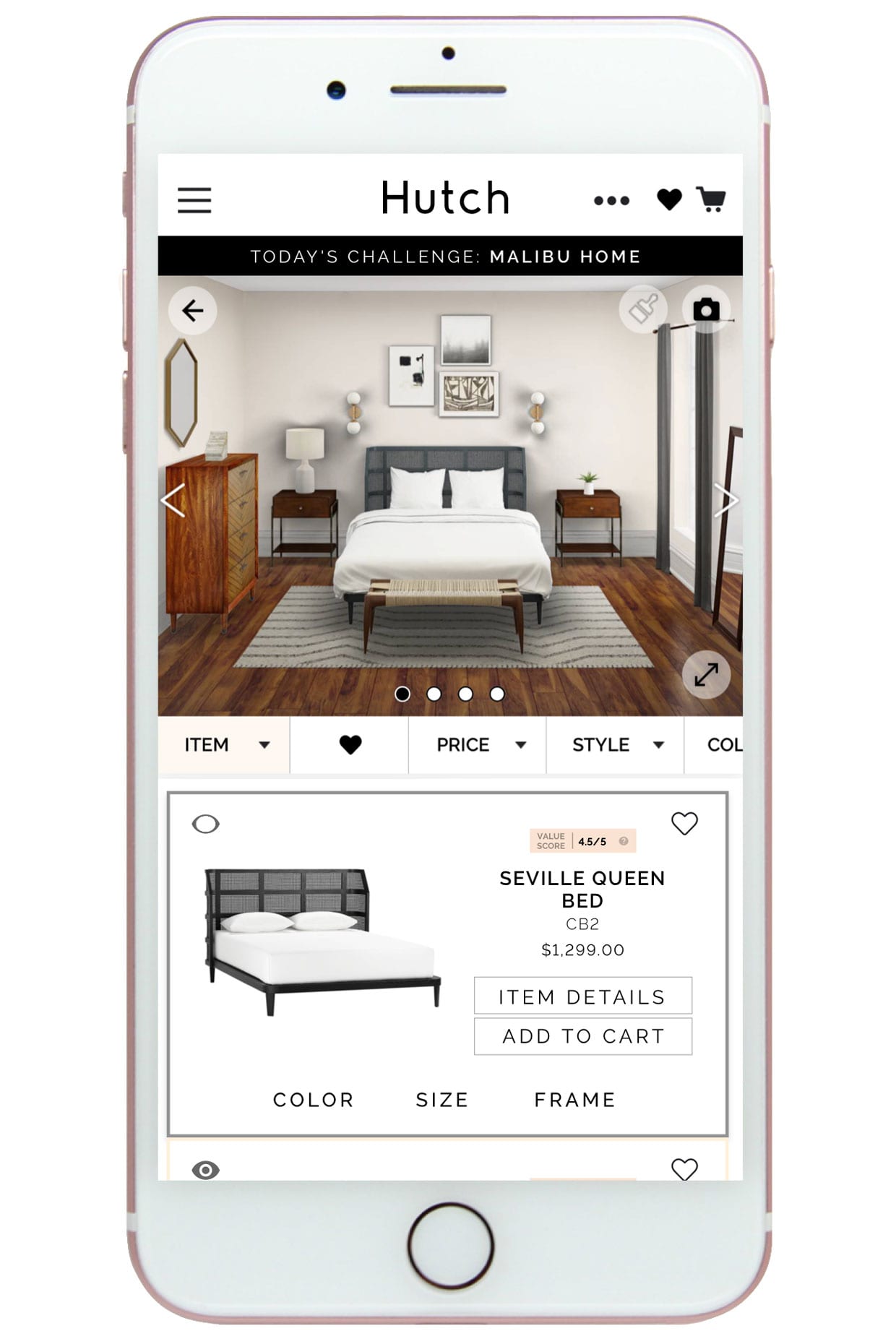
But, if it is not in your budget to hire a designer, apps like MagicPlan, IKEA Place and Hutch bring interior decorating to you, minus the cost.
